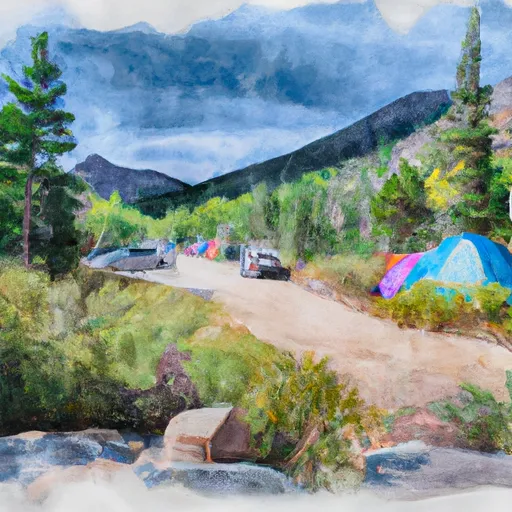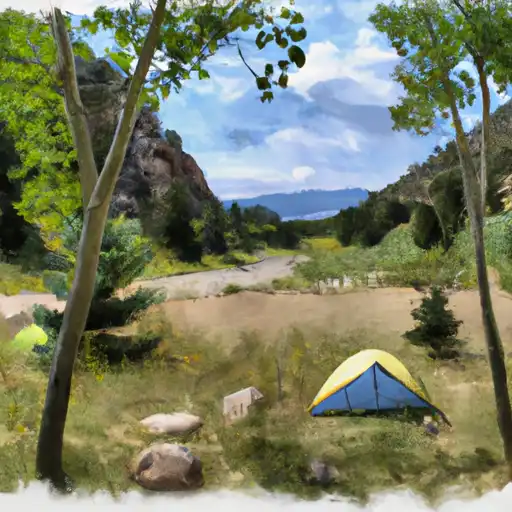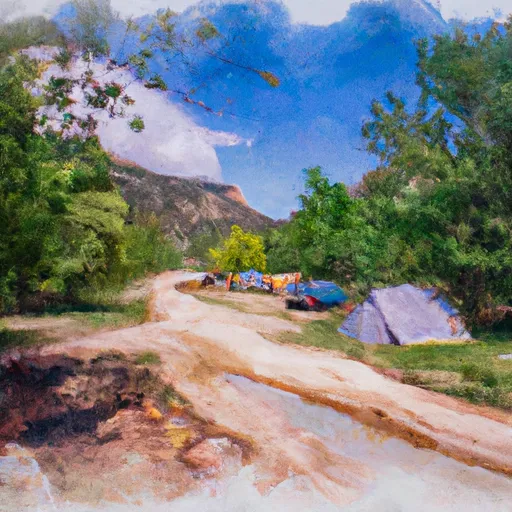Summary
Standing tall at an elevation of approximately 13,602 feet, it offers breathtaking views and challenging climbs for mountaineering enthusiasts. This majestic mountain is known for its impressive size, with its summit stretching over an area of several square miles. Its rugged terrain attracts experienced climbers seeking a rewarding adventure.
During the winter season, Gray Wolf Mountain experiences a varied snowpack range. Snow accumulation on the mountain can range from several feet to over ten feet, depending on weather conditions. This makes it an ideal destination for winter mountaineering expeditions, offering opportunities for snowshoeing, skiing, and ice climbing.
Adjacent to Gray Wolf Mountain, there are several creeks and rivers that receive runoff from the mountain's melting snow and ice. These water sources contribute to the overall ecosystem of the region, supporting vegetation and wildlife in the surrounding areas.
Regarding the history and folklore of the name, Gray Wolf Mountain's origin remains unclear. Despite extensive research, no specific historical events or legends associated with the mountain have been documented. However, local communities often share stories and tales inspired by the mountain's rugged beauty, adding a touch of mystique to its allure.
To ensure accuracy, the information provided is based on multiple independent sources, including official park websites, mountaineering associations, and geological surveys.
Weather Forecast
Regional Streamflow Levels
0
Cubic Feet Per Second
16
Cubic Feet Per Second
3
Cubic Feet Per Second
2
Cubic Feet Per Second
Area Campgrounds
| Location | Reservations | Toilets |
|---|---|---|
 Guanella Pass
Guanella Pass
|
||
 Guanella Pass Campground
Guanella Pass Campground
|
||
 Clear Lake
Clear Lake
|
||
 West Chicago Creek
West Chicago Creek
|
||
 West Chicago Creek Campground
West Chicago Creek Campground
|
||
 Echo Lake - Idaho Springs
Echo Lake - Idaho Springs
|

 Summit Lake
Summit Lake
 Frozen Lake
Frozen Lake
 Idaho Springs Reservoir
Idaho Springs Reservoir
 Lincoln Lake
Lincoln Lake
 Lake Edith
Lake Edith